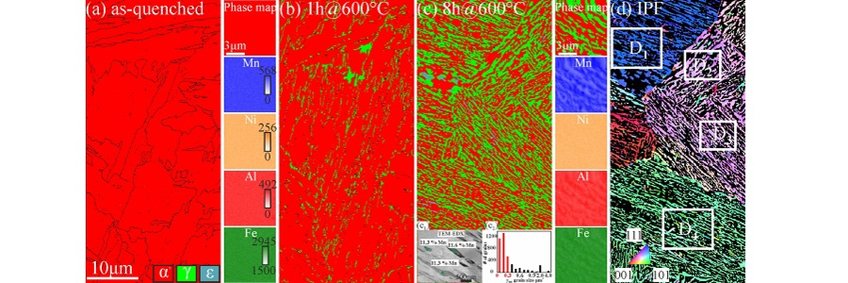In order to solve key challenges in lightweight transportation and safe infrastructures stronger steels with high ductility are urgently needed. In this work we introduce a new unique chemical boundary engineering (CBE) approach, which enables us to create a material with an ultrafine hierarchically heterogeneous microstructure even after heating to high temperatures.
more


